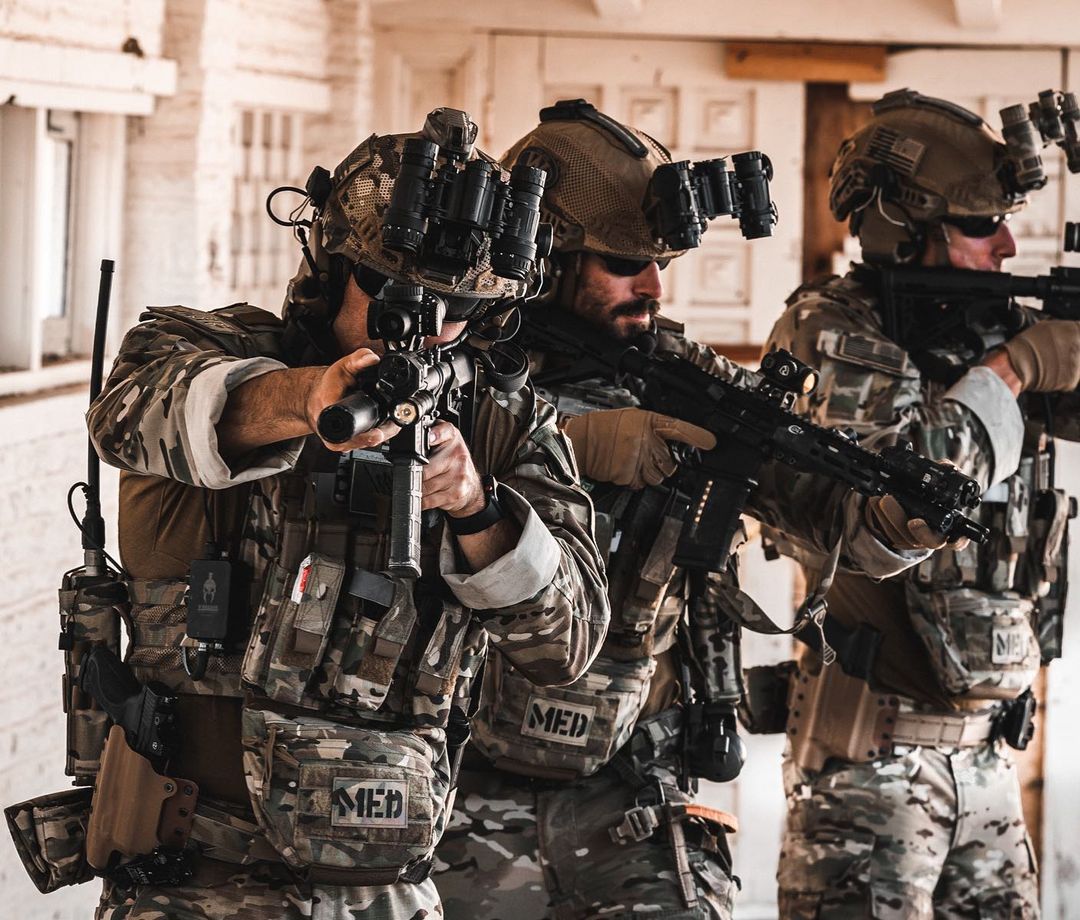
*Originally published on the Armor Shop*
Up until recently, body armor was primarily used only by the military, law enforcement and some types of hunters due to its high cost and low comfort level.
High tech materials and modern manufacturing processes have brought the cost down far enough that bulletproof vests can now be used as protection by a broad range of citizens including residents of high crime areas, convenience store clerks, taxi drivers, EMS workers, judges, attorneys, teachers or anybody else that might encounter gunfire.
There are many types of body armor that can prevent or minimize injury from gunfire, but having the wrong armor could make a bad situation even worse. That’s so it’s important to understand ballistic threat levels and to purchase the right type of body armor for your particular needs.
What Are Ballistic Threat Levels?
The National Institute of Justice (NIJ) has been setting voluntary standards for body armor since 1972 and administers a program that tests available vests to see if they meet the standards claimed by manufacturers. NIJ ballistic threat levels are based on their ability to stop specified rounds at specific speeds. Vests are usually only tested for one impact, so it’s wise to choose a higher level of protection if a large amount of gunfire is anticipated. That said, it’s also important to consider comfort, concealability, heat buildup and budget when choosing body armor.

These are the NIJ ballistic threat levels for body armor protection:
Level IIA is usually soft body armor made with fibers such as Kevlar, Goldflex, Dyneema and Spectra. It is designed to stop a .9mm full metal jacket (FMJ) round at 1165 feet per second (f/s) and a .40 at 1065 f/s. These are the most comfortable and easiest to conceal vests, but they offer little protection.
Level II is a step up that offers protection for a .9mm FMJ at 1245 f/s and a .357 Magnum Jacketed Soft Point (JSP) at 1,430 f/s. It’s still light, flexible and easy to conceal, but it provides much more protection against the kinetic energy of a round and is more likely to hold up against multiple rounds. That’s why the most easily concealable vests sold are Level II.
Level IIIA vests are designed to stop a .357 Sig FMJ Flat Nose (FN) traveling at 1,470 f/s or a .44 Magnum Semi Jacketed Hollow Point (SJHP) at 1,430 f/s. It’s usually soft armor, but can sometimes have ballistic shields or hard armor plates or are designed to include the ability to add additional armor.
Level III is the first level that always contains body armor plates that are sometimes called hard armor plates or rifle plates. This is gear that is designed to protect against 6 spaced hits from an M80 at 2780 f/s, which is about the same as the .308 Winchester commonly used for hunting. The least expensive vest options are made of steel and weigh about eight to ten pounds, whereas more expensive products made with Polyethylene or ceramic weigh only three pounds. Some Level III vests offer the ability to add additional plates if needed.
Level IV offers the highest level of protection, designed to withstand the force of one hit from an armor piercing rifle round. It’s important to remember that due to the way NIJ tests, it might not be better protection than Level III for multiple shots. At this level, there are often options for special threats, such as plates built to withstand AK-47 and AR-15 fire.
Other Things To Consider When Purchasing Body Armor
It’s always important to consider whether the body armor you’re considering is “stand-alone” or requires additional plates to meet its advertised threat level. Once you’ve determined the appropriate threat level, you’ll need to make a choice that takes cost, comfort, concealment and protection into account.
For example, if you will be wearing the vest for ten hours a day, comfort might be the most important consideration. If you are wearing it only wearing it every once in a while, protection and cost might be more important than comfort.
The biggest mistake people tend to make is to buy armor that’s too heavy for them, slowing them down and putting them at greater risk. That’s why it’s so important to choose the right body armor for your intended use.
Follow The Armor Shop on Facebook, Instagram, and LinkedIn
Stay tuned to The Gear Bunker and be a part of this all veteran-owned website. And be sure to subscribe to our Facebook, Instagram, and YouTube channels. Sign up to be notified on YouTube ensuring you’ll know immediately when new content is uploaded.
Check out our new Affiliate Partner Page.
Visit our Amazon Storefront for more related items.


Leave a Reply